Induced traffic, lost footpaths: Lahore needs a Seoul-style vision
With 4.1 million vehicles on its roads, Lahore offers little safe space for walkers or cyclists

Lahore, Pakistan's cultural heart and economic powerhouse, has become a city where walking has turned into an act of courage. Footpaths have disappeared from most major corridors, and where they still exist, they are blocked by vendors, motorcycles or billboards. Streets once meant for people now belong to vehicles. This is not merely inconvenient, but a crisis of safety, sustainability and livability.
According to data from the Excise and Taxation Department, Punjab, Lahore's registered vehicles increased from 377,667 in 2014 to 4.1 million in 2024 — an elevenfold rise in a decade. The city now has 842,618 cars, over 3 million motorcycles and over 100,000 rickshaws, all competing for limited road space. Yet pedestrian and cycling infrastructure has remained almost unchanged.
Traffic counts tell a similar story. Average Annual Daily Traffic on key routes has surged: Badian Road (Jambo Stop) rose from 16,217 to 23,350 vehicles; Harike near MP Check Post from 13,912 to 23,083; and Raiwind Bypass from 12,592 to 21,671 between 2014 and 2024. On Raiwind-Sunder Road, volumes tripled from 3,657 to 10,855 vehicles. Despite the constant expansion of roads, congestion has worsened.
In fact, road expansion does not solve congestion; it creates more of it. When new lanes or underpasses are built, more people purchase vehicles, and trip distances expand, producing what experts call induced traffic. Lahore's billions spent on flyovers and widening projects have simply generated more car dependency. Meanwhile, the city's sidewalks, bus stops and cycleways have been neglected, leaving pedestrians to walk on unsafe carriageways.
For millions of Lahoris, walking is unsafe and undignified. On Ferozepur Road, footpaths are broken or encroached. On Canal Road, pedestrians must risk crossing speeding traffic to reach narrow, disconnected walkways. This car-first mindset has made walking not only unpleasant but life-threatening.
Seoul once faced a similar problem: traffic jams, smog and disappearing sidewalks. But instead of expanding roads, it reimagined them. In 2014, the city launched its Vision 2030 for Transportation, a 20-year roadmap that shifted focus from vehicles to people. It adopted "Triple 30" goals: reduce car traffic by 30%, cut commuting time by 30%, and increase green transport — walking, cycling and public transit - by 30%.
Seoul doubled the number of pedestrian-only zones, enforced a 30 km/h speed limit in neighbourhoods, and created the "Ddareungi" bicycle-sharing network, which connects homes to subway stations. It also introduced congestion pricing and restricted parking in commercial areas. As a result, over 80% of trips in Seoul are now made by walking, cycling or public transport, and per capita transport emissions have dropped from 1.2 tons to 0.8 tons. The city has become cleaner, safer and more efficient, without adding a single new flyover.
Lahore can and must follow this path. The city needs its own Vision 2035 for Sustainable Mobility — a comprehensive plan to prioritise people over vehicles. Every new road project should include continuous sidewalks, shaded walkways and marked crossings. A citywide walkability audit must identify missing or blocked footpaths on corridors like Ferozepur, Wahdat and Multan Roads. The Lahore Development Authority, Metropolitan Corporation, and Traffic Engineering & Planning Agency should coordinate to reclaim pedestrian spaces and penalise encroachments.
Equally important is developing a safe cycling network linking residential areas with Metrobus and Orange Line stations. A 30 km/h speed limit in residential neighborhoods can drastically cut pedestrian injuries. Lahore can also adopt congestion pricing, parking restrictions and incentives for shared mobility to manage demand rather than endlessly expanding roads.
Motorised traffic is now the largest contributor to Lahore's smog and emissions. Promoting walking and cycling is no longer optional; it is essential for public health, climate resilience and urban equity. Roads are not just conduits for cars; they are shared spaces for people.
If Seoul could transform itself from a car-choked capital into a walkable, breathable city, so can Lahore. A pedestrian-friendly Lahore is not a luxury; it is a necessity for cleaner air, safer roads and a livable future.

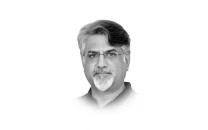
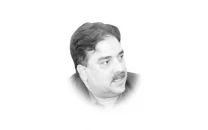
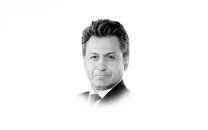


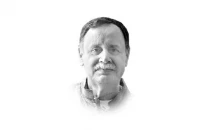




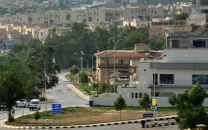
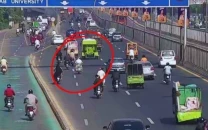
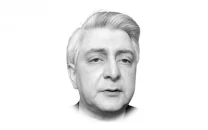
COMMENTS (5)
Comments are moderated and generally will be posted if they are on-topic and not abusive.
For more information, please see our Comments FAQ